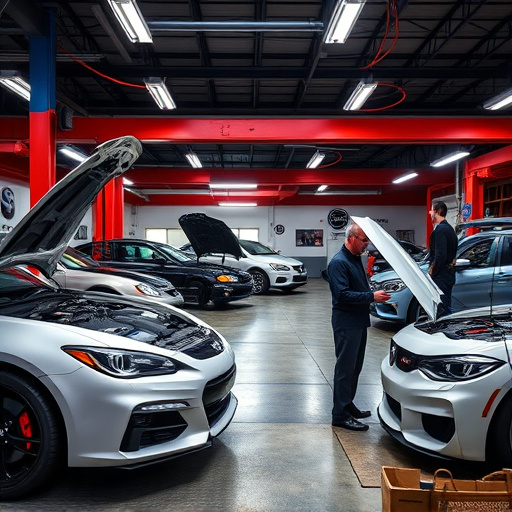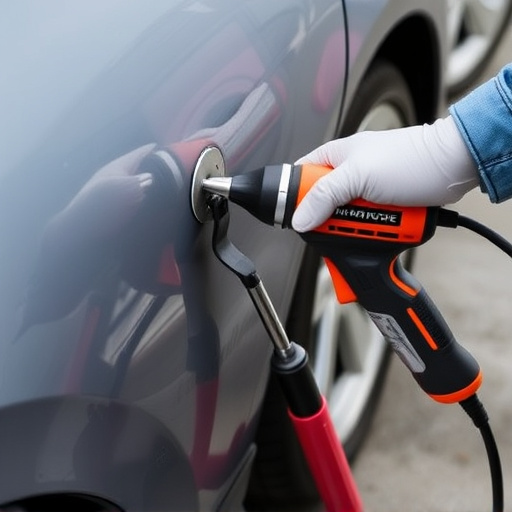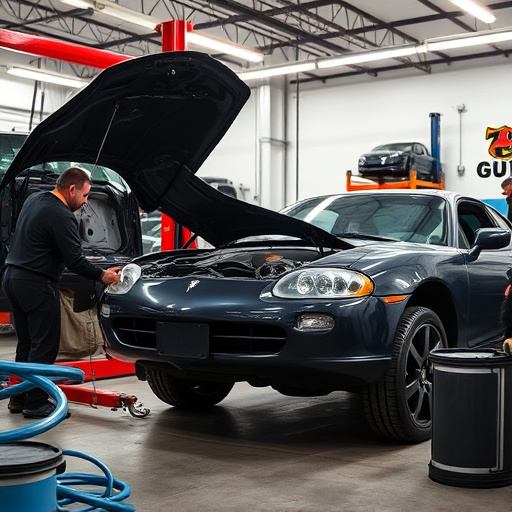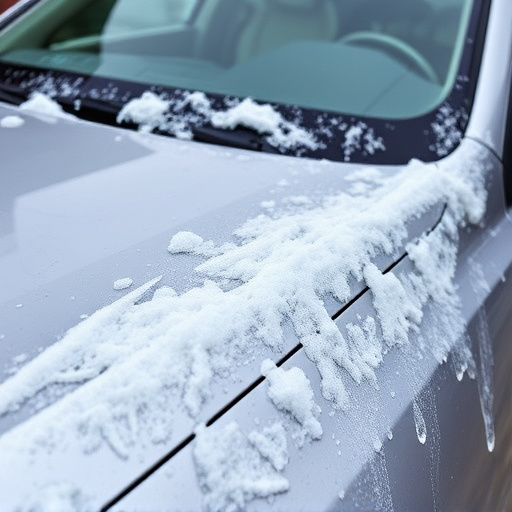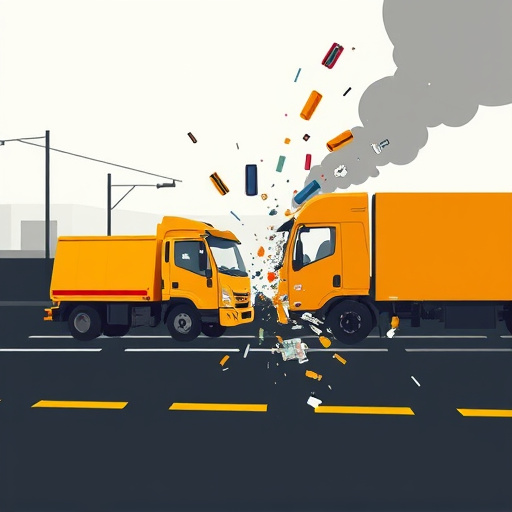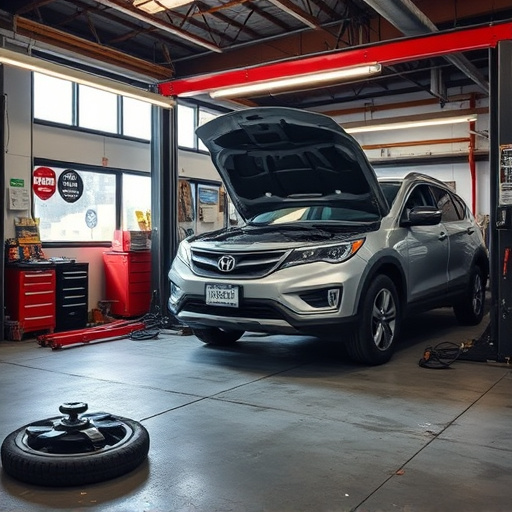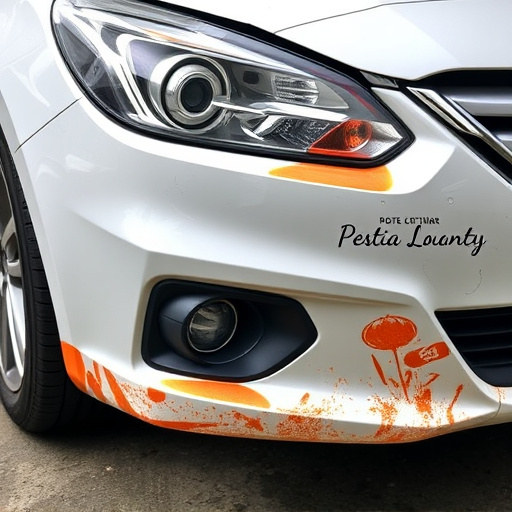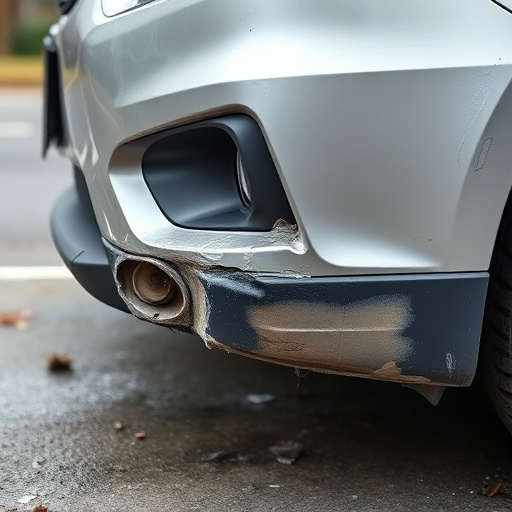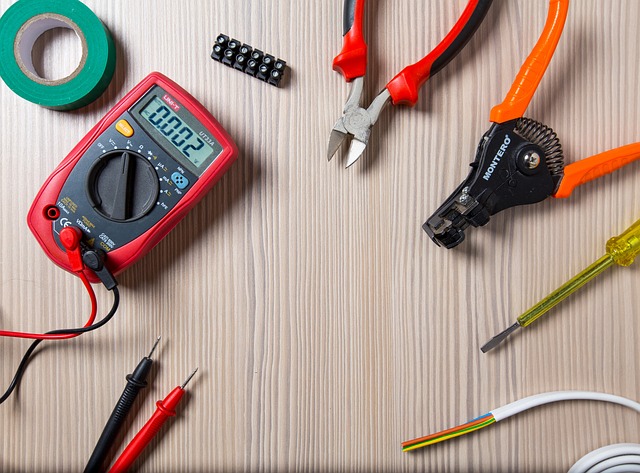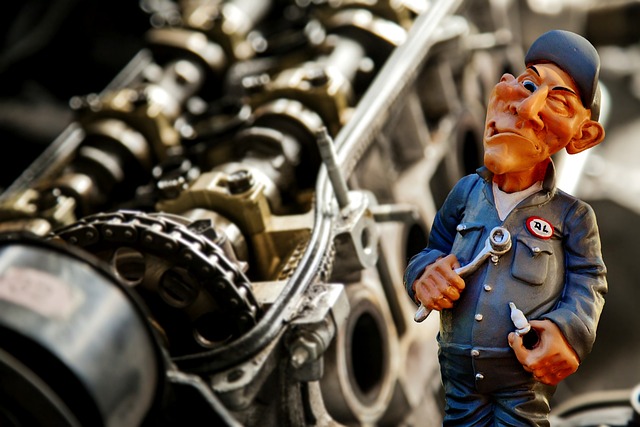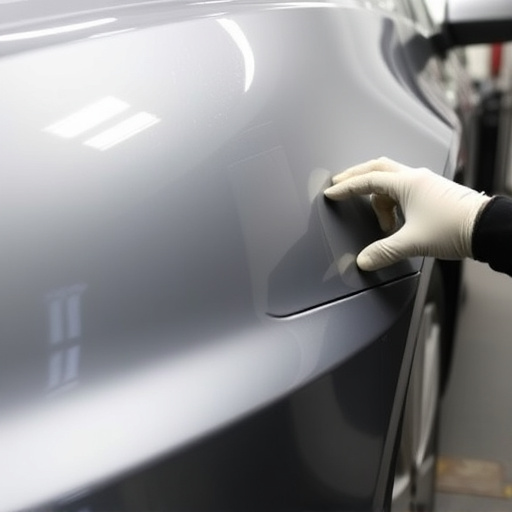Liability claim repair is a meticulous process restoring vehicles to pre-incident condition after collisions, using advanced techniques like laser measuring and specialized equipment. This rigorous approach enhances appearance, guarantees structural integrity, facilitates smooth settlements through clear evidence of high-quality repairs, and prevents delays, inaccuracies, legal disputes. Proactive communication and comprehensive documentation mitigate issues, ensuring accuracy and transparency for insurers, claimants, workshops.
Liability claim repair is a critical step in ensuring a smooth settlement process. As claims emerge, understanding the fundamentals of liability claim repair is paramount. This process plays a pivotal role in enhancing both the efficiency and accuracy of settlements. By effectively navigating this phase, legal professionals can mitigate risks, resolve disputes swiftly, and achieve favorable outcomes for all parties involved. In this article, we’ll explore these key aspects: from basic repairs to advanced strategies, empowering you with insights into managing liability claims seamlessly.
- Understanding Liability Claim Repair Basics
- Impact on Settlement Efficiency and Accuracy
- Strategies for Effective Claim Repair Process
Understanding Liability Claim Repair Basics
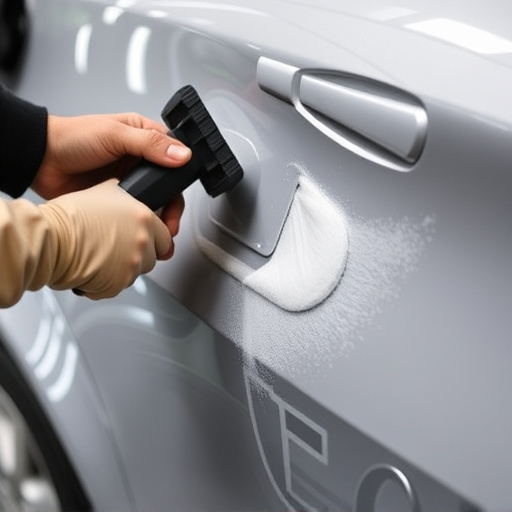
Liability claim repair is a crucial process that involves addressing and rectifying issues related to vehicle damage, especially after a collision. It’s more than just fixing a dent or two; it entails a comprehensive approach to ensuring every aspect of the vehicle’s bodywork is restored to its pre-incident condition. This includes meticulous dent removal techniques, precise alignment adjustments, and careful consideration of paintwork integrity.
The basics of liability claim repair focus on restoring functionality and aesthetics. Skilled technicians utilize advanced tools and methods, such as precision laser measuring and specialized equipment for dent removal, to achieve flawless results. By implementing these practices, not only is the vehicle’s appearance enhanced but also its structural integrity guaranteed. This meticulous attention to detail plays a pivotal role in ensuring a smooth settlement process, as it provides clear evidence of repairs made and the quality of workmanship involved.
Impact on Settlement Efficiency and Accuracy
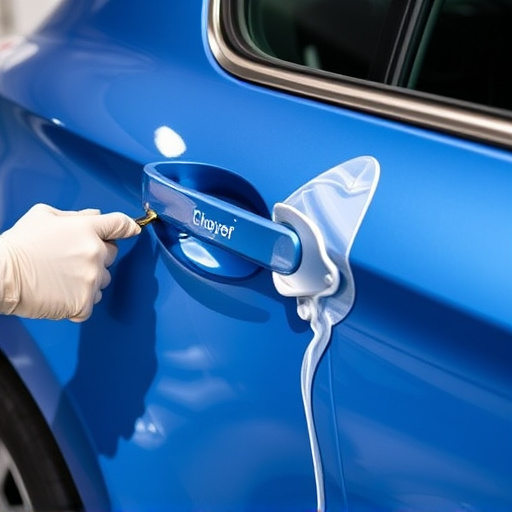
The process of liability claim repair plays a pivotal role in ensuring that settlement procedures are both efficient and precise. When a vehicle sustains damage, whether from an accident or other incidents, effective liability claim repair becomes essential to accurately assess the extent of the harm. This initial step is crucial because it directly impacts the subsequent stages of the settlement process, including appraisals, negotiations, and final compensation.
Without proper liability claim repair, there is a significant risk of mistakes being made in determining the cost of car body repair or car dent removal, leading to inaccuracies in settlement offers. These errors can delay the entire claims process, causing frustration for all parties involved. Moreover, incorrect assessments may result in inadequate compensation, which can be a point of contention and potentially escalate into legal disputes. Therefore, a meticulous approach to liability claim repair is vital to streamline settlements, prevent conflicts, and foster trust between insurers, claimants, and workshops, ultimately ensuring everyone receives fair and accurate outcomes.
Strategies for Effective Claim Repair Process
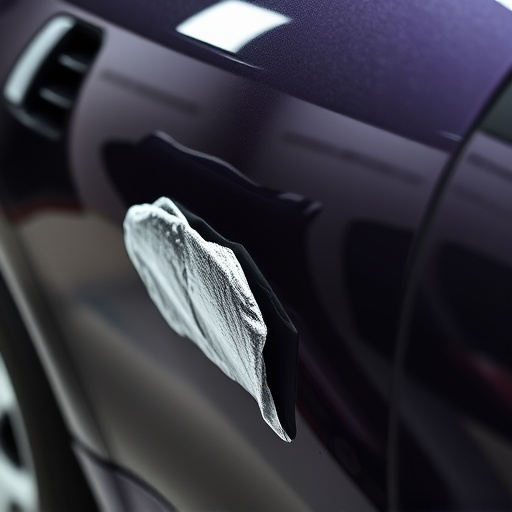
The process of liability claim repair is a strategic approach designed to mitigate potential issues and ensure a smooth settlement. It involves several key steps that are crucial for both insurance companies and individuals involved in claims. One effective strategy is proactive communication, where all parties maintain open lines of dialogue to address concerns promptly. This reduces the likelihood of misunderstandings or delays that could escalate into more complex problems.
Another vital aspect is comprehensive documentation. Keeping detailed records of repairs, inspections, and assessments helps establish a clear history of the claim. For instance, in the case of luxury vehicle repair or auto body repairs, documented evidence can demonstrate the extent of damage and the quality of restoration, ensuring both accuracy and transparency throughout the settlement process.
Liability claim repair is not just an optional process, but a critical component for achieving smooth settlements. By understanding the basics, recognizing its impact on efficiency and accuracy, and implementing effective strategies, legal professionals can significantly enhance their case management. This ensures that claims are resolved promptly, accurately, and to the satisfaction of all parties involved. Incorporating robust liability claim repair practices is a game-changer in navigating complex legal landscapes, ultimately leading to better outcomes for clients.

